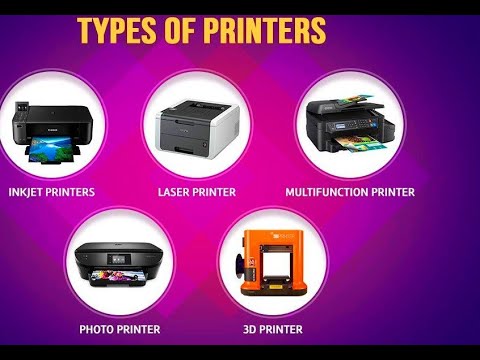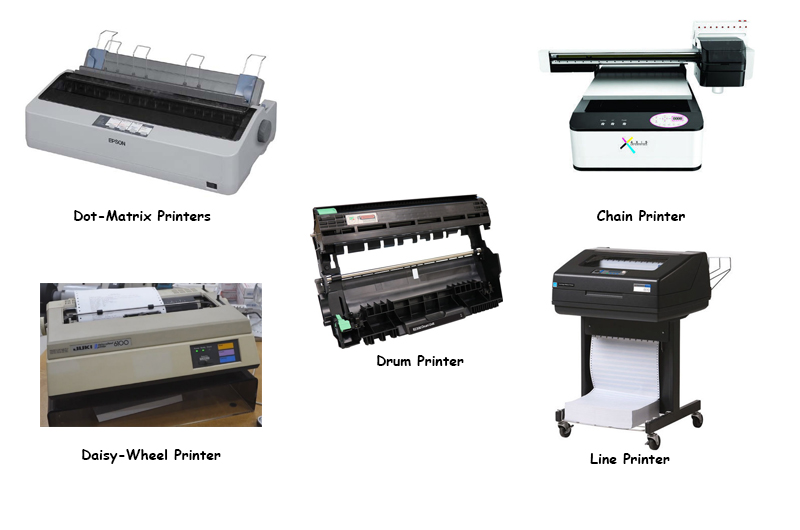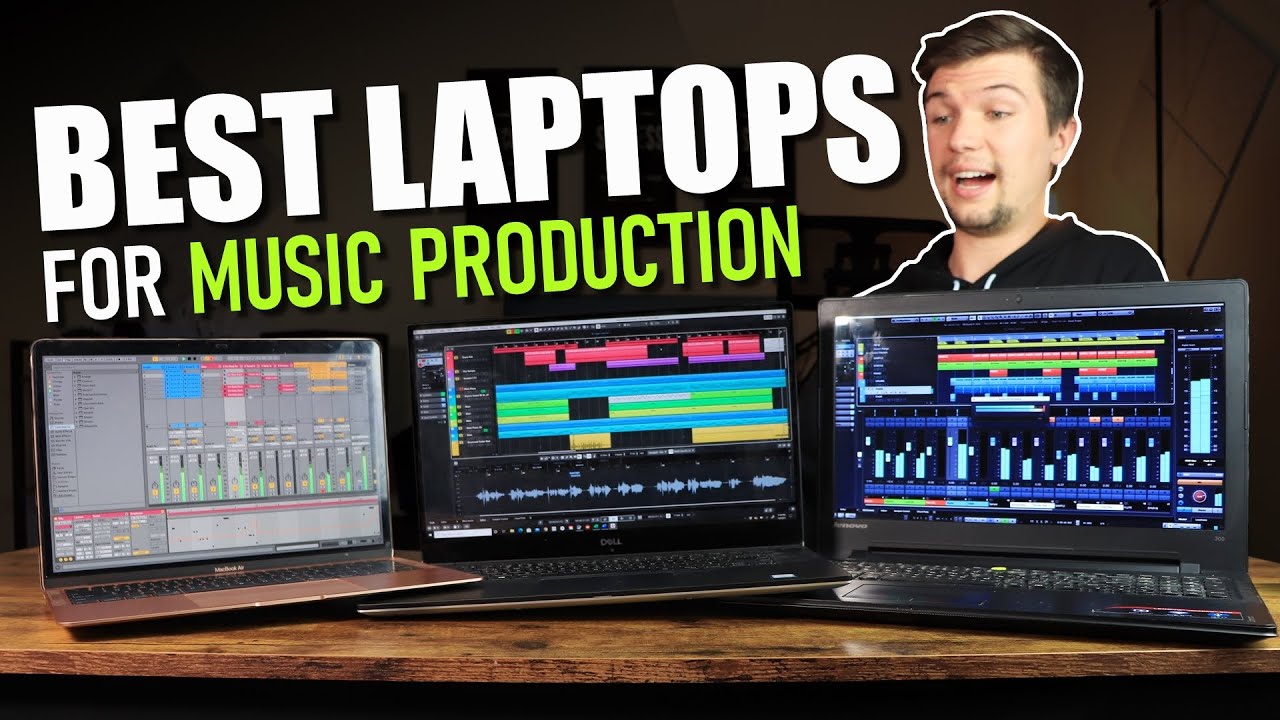Diving Into the Printer World: Understanding Various Types of Printers
Introduction
In a world driven by digital content, the significance of printers can't be undermined. From corporate offices to homes, from educational institutions to artists' studios, printers have renowned spaces. They remain an essential tool for converting digital files into tangible documents or images. But have you ever wondered what are the types of printers? This article seeks to explore the different types of printers, how they cater to varying needs, how to determine the perfect printer for you, and the future of printing technology.
What Are the Different Types of Printers?
As you venture into the realm of printers, you'll encounter a spectrum of types, each infused with unique technologies and offering distinct advantages. Let's get a closer look at three of the prevalent types: Laser, Inkjet, and Thermal printers.
A Closer Look at Laser Printers
Tracing back to the '60s, laser printers emerged and swiftly carved a niche in an office environment. This type of printer thrives on efficiency and high-output quality. The laser printing process deploys a complex electrostatic digital printing method that incorporates a laser beam to produce images on the printer drum.
- Pros: High-speed printing, sharp and defined output, brilliant for high-volume print tasks.
- Cons: High upfront cost, expensive toner replacement, not great for photo printing.
Decoding Inkjet Printers
Inkjet printers represent the heart of image and photo printing, ensuring precision and unmatched color vibrancy. They function by propelling varied sizes of droplets of ink directly onto the paper or a related material.
- Pros: Superior quality for photo printing, wide color spectrum, lower initial cost.
- Cons: Slower print speed, costly ink cartridges, frequent cleaning required.

Delving into Thermal Printers
Thermal printers have established their presence in the spheres where maintenance ought to be minimal. This category of printers leverage the power of heat to imprint an image onto the paper - a fuss-free and efficient method.
- Pros: Impressive print speed, low maintenance, durable and reliable prints.
- Cons: Limited to monochrome prints, heat-sensitive paper required, less detailed print quality.
Comprehending the types of printers and their distinctive traits can escort you towards a more informed and tailored decision when choosing a printer.
How Do Types of Printers Serve Different Needs?
Each type of printer is designed to cater to specific utility and preferences. Let's delve deeper into how different printers can meet your varied needs:
Multifunctional Printers: An All-Round Solution
- Overview: Combining the capabilities of printing, scanning, photocopying, and even faxing, multifunctional printers emerge as an exceptional addition to an array of setups.
- Versatility: Aptly named, these printers provide a comprehensive solution for diverse tasks, making them a go-to choice for most office or home-based requirements.
- Space Savers: With multiple functions packed into a single unit, they efficiently save space which makes them entirely apt for smaller office spaces or home offices.
- Cost-effective: Despite offering multiple functionalities, they typically cost less than purchasing separate devices, hence providing a cost-effective solution.
Portable Printers: Mobility and Convenience
- Overview: Offering the operability on the go, portable printers are designed with compactness and mobility in mind. Battery-operated and often featuring wireless connectivity, they enable convenient printing anywhere and anytime.
- Ideal for Travel: Akin to their namesake, portable printers are particularly useful for professionals or photographers who constantly travel and require instant printing facilities.
- Wireless Features: Enabled with either Bluetooth or Wi-Fi connectivity, they eliminate the need for a constant physical connection to the device, adding to their convenience and usability.
- Comparison: While portable printers can't match the speed or volume of traditional printers, their benefits in mobility and convenience make them a popular choice for specific user segments.
Thus, by understanding the characteristics and utilities of both multifunctional and portable printers, one can align their needs efficiently and make the appropriate choice.
How to Determine Which Printer is Right for You?
To gain a more comprehensive understanding of what printer to choose, there should be an assessment of the technical understandings one should undergo. These will be detailed in two distinctive steps: Determining your specific printing requirements and contrasting the benefits and drawbacks of various printer types.
Assessing Your Individual Printing Needs
It's crucial to develop an understanding of the specific type of printer you require. To achieve this, consider the following elements:
- Type of Documents You Print: Engage with the diverse set of documents you print. Are they mostly text-heavy or graphics-oriented? Double-check requirements such as, if you're a photographer, you may prefer printers, mainly designed for photos like inkjet printers.
- Frequency of Printing: Establish how often you print. If you print high volumes regularly, a laser printer is more suitable for its efficiency, while for infrequent printing, an inkjet or thermal printer can suffice.
- Your Budget: Pricing varies between printers. Laser printers, initially more expensive, have lesser cost per page whereas inkjet printers are cheaper upfront but costlier in the long run.
Comparing Advantages and Limitations of Various Printer Models
Each type of printer has its own set of pros and cons:
- Laser Printers: Positive aspects include fast printing speed, accurate text and graphics prints, and lower cost per page. However, they are initially expensive and are not as good as inkjet printers for photo-type jobs.
- Inkjet Printers: These are capable of producing high-quality photos and graphics, and have a lower upfront cost. But they exhibit slower printing speed and high cost per page.
- Thermal Printers: Requiring minimal maintenance and having a compact design are in their favor. But, they produce lower print quality compared to laser and inkjet printers.

By carefully deliberating these factors, you can choose the most suitable printer tailored to your specific needs.
Glimpse on the Future of Printing Technology
The Thrilling Advances of 3D Printing
3D printing, a remarkable technological advancement, stands tall in the printing landscape, creating three-dimensional objects from a digital model. Originally designed for industrial use, 3D printing is now accessible for personal use, driving innovation in various fields:
- Healthcare - From prosthetics to 3D printed organs, it's revolutionizing the medical field.
- Engineering - Prototyping has never been easier and more cost-effective.
- Fashion - Creativity blooms as designers experiment with 3D printed clothing and accessories.
The Birth of Inkless Printers
As part of a broader initiative to adopt sustainable practices, the printing sector is witnessing the dawn of inkless printers. Deemed as the future of printing, inkless printers are eliminating the need for cartridges by altering the color of the paper itself. This transformative technology is cutting down on waste and making printing environmentally-friendly:
- Reduces Waste - No ink cartridges, meaning less plastic waste.
- Lower Maintenance - Without the need to replace cartridges, these printers promise lower maintenance.
- Environmentally Friendly - Saves energy and promotes sustainability by utilizing heat to change the color of the paper.
Growing innovations within the printing industry aren't just enhancing the quality and efficiency of printing but are shaping the future to be more eco-conscious and adaptable. In this light, understanding the technology and usability of 3D and inkless printers can pave the way forward for personal and professional use.
Conclusion
With the vast array of printer types each offering unique features and catered towards specific tasks, the decision to choose the right printer narrows down to your needs and budget. Knowing what are the types of printers and understanding their functionalities can guide you in making an informed choice.
Related FAQs about what are the types of printers
What are some of the most common types of printers used in offices?
The most common types of printers used in offices are laser printers and multifunctional printers. Laser printers are known for their speed and efficiency, making them ideal for high-volume tasks. Multifunctional printers, on the other hand, serve multiple purposes like scanning, photocopying, and faxing, in addition to printing, making them a versatile choice.
Are some types of printers better for photos than others?
Yes, some types of printers are better suited for photos. Inkjet printers, in particular, are renowned for their capability to produce high-quality photos with excellent color vibrancy, making them a popular choice for photographers and graphic artists.
What makes a 3D printer different from other types of printers?
A 3D printer differs from traditional printers as it creates a three-dimensional object from a digital model. Unlike conventional printers that print on paper, 3D printers use materials like plastic, metal, or ceramic to build the layers of an object, creating physical objects from digital designs.


